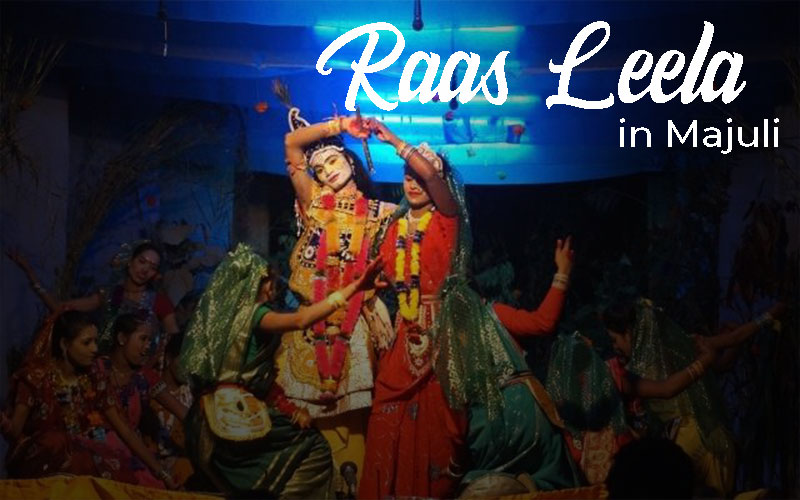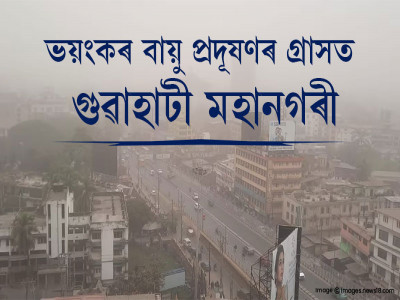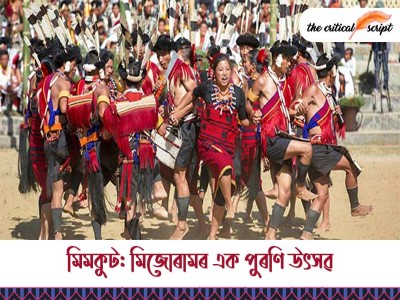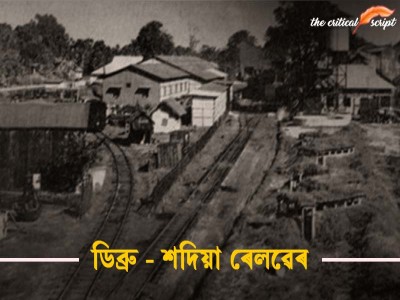
RaasLeela in Majuli
Majuli is the largest inhabited river island in the world and is also
the first island district of the country. Majuli has been the cultural hub and
the cradle of Assamese civilization for more than 550 years. Majuli with its sublime
and serene atmosphere provided the proper backdrop for the historic
“Moni-Kanchan Sanyog” between Assam’s great saint, poet, litterateur, and
social reformer Srimanta Sankardeva and his famous disciple Madhabdeva in the
15th century. Ever since that meeting of the great minds and the subsequent
establishment of Satra, Majuli emerged as the crowning glory of the Vaishnavite
culture of Assam.
For several centuries, the
people of Majuli have enacted Lord Krishna's RaasLeela in order to express
their gratitude and respect for him. During the Raas festival, Majuli
becomes a veritable place for pilgrimage. Locally made masks are one of the
major features of dance dramas and represent various mythological creatures.
The festival and celebrations continue for four days. Cultural performances
combined with local traditions are a specialty of this festival. Exhibitions
form an important part of this festival with displays that immensely reflect
the rich tradition of the state.
RaasLeela
RaasLeela is the story of the
life of Lord Krishna presented in the form of performing art. The event of
RaasLeela as mentioned in the ‘BhagawatPurana’ depicts a blissful story with
Bhakti Rasa. Here Lord Krishna plays the lead in divine form, who is
accompanied by the Gopis of Gokul. The RaasLeela is classified mainly into nine
Bhakti Raas and NatyaRaas, out of which Bhakti Raas assumes much significance.
It begins with the birth of Lord Krishna, his upbringing at the house of King
Nanda, his tending the cows at Gokula along with his fellow cowherds, his
childhood activities, his killing of the demons like Bakasura, Aghasur,
Pralambasur, Dhenukasur, Chakrabat, Putana, Kaliya and of Kansa - his maternal
uncle, at various times of his youth and on various other occasions, and finally
his amorous play with the Gopis. The performance of RaasLeela involves various
musical instruments, masks, paintings, music, dance, and artifacts. RaasLeela
is an annual festival performed on the full moon day (Purnima) in the month of
October-November (Kati-Aghun) during the autumn season. During this festival,
Majuli draws a large number of disciples, devotees, and tourists from across
the globe.
History
According to folklore,
Dakhinpat Satra’s 10th Satradhikar Basudev Goswami got a divine order in his
dreams to hold Sri Krishna RaasLeela in the Satra to save the Satra from
erosion. Following that order, Basudev Goswami wrote a play on Lord Krishna’s
life and began holding acts based on that play.
RaasLeela was finally
introduced as a stage performance by Sri PitambardevaGoswami, ex-Satradhikar
and social reformer of GaramurSatra in the year 1934.
This festival has a great impact on the life and the culture of the
people of Majuli. The performance lasts for four to five days at a stretch,
wherein lakhs of outsiders visit the island, and enjoy the hospitality of the
island district. Though it is a part of the culture of the Satras, the RaasLeela
is performed in many other villages of Assam.
Disclaimer: The opinions expressed in this article are those of the author's. They do not purport to reflect the opinions or views of The Critical Script or its editor.

Newsletter!!!
Subscribe to our weekly Newsletter and stay tuned.

















Related Comments